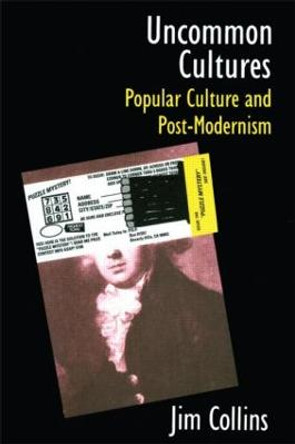Description
The first truly interdisciplinary analysis to link Douglas Sirk's striking visual aesthetic to key movements in twentieth century art and architecture. Represents a rare attempt to treat Sirk's cinematic oeuvre as a continuum by offering detailed interpretations of films from both his German and his American periods. Includes lengthy case studies on Final Chord (1936) and All that Heaven Allows (1955).
About the Author
Victoria L. Evans is the main programmer for the Dunedin Film Society and an organiser for the New Zealand International Film Festival, She is also on the national management committee of the New Zealand Federation of Film Societies.
Book Information
ISBN 9781474409391
Author Victoria L. Evans
Format Hardback
Page Count 208
Imprint Edinburgh University Press
Publisher Edinburgh University Press
Details
Imprint: |
Edinburgh University Press |












